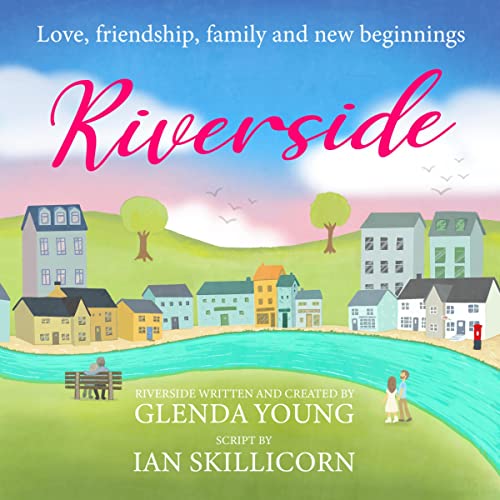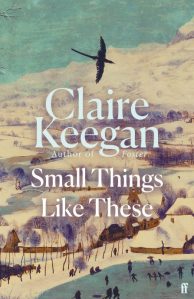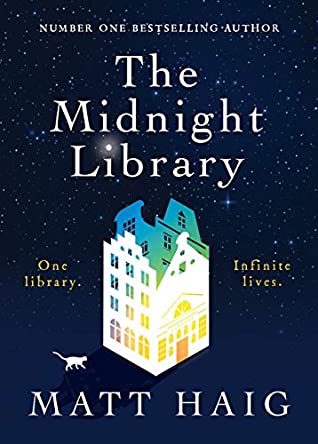
Today’s post is by author Gina DeMillo Wagner, author of Forces of Nature.
When my memoir Forces of Nature was on submission with publishers, one editor said she loved the story, but couldn’t get past the fact that I had written it in present tense. In her mind, I’d broken a universal rule: Memoir is about the past and therefore should always be past tense. I respectfully disagreed (and sold the book to a different publisher who shared my vision).
From the very beginning, I felt my story demanded to be told in the present. The memoir takes place in the aftermath of my brother’s sudden death and follows my quest for answers and understanding. The prose has an immersive quality as I navigate complicated grief, investigate his cause of death, and eventually find my footing and place in the world.
Still, present tense was a risk and a technical challenge. I couldn’t approach the narrative with hindsight, though I did achieve distance and clarity. I borrowed tools from my journalism training like datelines to orient the reader to time and place. I distinguished between myself as author, as narrator, and as protagonist. Throughout the writing process, I kept in mind several cinematic, propulsive memoirs I’ve read and loved that also used present tense. I knew it could be done.
Here’s the thing: The best memoirs are not simply a chronicle of events. They are vivid, nuanced, meaningful stories. And there are myriad ways to tell a story. Present tense is just one approach. It’s tough to execute and doesn’t suit every writer or every memoir (or every editor!). But here are a few reasons to give it a try:
1. It lends immediacy and intimacy.
Memoirs are personal, but they should also be universal. You want your reader to drop into the story alongside you, and present tense is an invitation. It lends a sense of immediacy. It engages the reader and propels them through your story. They become your co-conspirator or fellow documentarian, emotionally invested in the plot of your life. In effect, you’re telling the audience: This is happening right here, right now, and you’re here with me in the midst of it all. Together, we’ll consider the plot and make meaning of it.
2. It mirrors the experience of grief and trauma.
Anyone who has experienced grief or trauma knows that it never really goes away or becomes a thing of the past. Our nervous systems hold onto the sensations and emotions as if they’re happening in the here and now. Details and memories double back on themselves. They grip us in surprising ways. Since so many memoirs deal in grief and trauma, it makes sense that we would write about it in the present. It’s a technique that gives readers access to the interiority of pain and lays bare emotions on the page.
3. It keeps you rooted in scene.
Maintaining present tense helps you avoid the boundless, blow-by-blow retelling of events: This happened, and then this happened, and then… Not to mention, without the distance of time, it can be easier to show rather than tell. There’s something visceral, almost electric, about sensory details when you read them in present tense. It keeps the author (and reader) grounded in scene.
4. There is plenty of room for reflection.
One of the biggest arguments I see against writing in present tense is that it makes it hard to reflect on your experience or offer the kind of insight and exposition that makes memoir valuable. Yet, our perspective on life isn’t static. It evolves, and it can evolve on the page. The search for patterns and connections can happen in real time.
A reflective voice asks, “So what?” It reaches beneath the surface for deeper meaning. The narrator holds a mirror to herself and her experiences and looks for the truth of it, teases out the threads, finds the subtlety. And that can happen in present, past, or future tense.
How? In present tense, you can signal to your reader when you’re reflecting. You might offer little clues like brushstrokes: “Years from now I’ll realize…” or “In my memory, this is the first time that I…” It’s akin to breaking the fourth wall. Done sparingly, it allows the reader to come to the same realizations alongside you or even develop their own, which lends universality to your story.
5. You’ll learn to trust yourself as an author.
You might try writing a draft in present tense and love it. Or you might hate it. It could crack the story wide open. Or in the end, it may not offer the flexibility you need or the structure to contain the story you want to tell. So be it. Even if you scrap the draft, I’m willing to bet your writing will improve thanks to this exercise. You may discover a sharpness, depth, and nuance that wasn’t there before.

Gina DeMillo Wagner is the author of Forces of Nature, (May 14, 2024; Running Wild Press). Her writing has been featured in The New York Times, The Washington Post, Memoir Magazine, Modern Loss, Self, Outside, CRAFT Literary, and other publications. She has been honored with a 2024 Yaddo residency and is a winner of the CRAFT Creative Nonfiction Award, and her memoir was longlisted for the 2022 SFWP Literary prize. Gina has a master’s degree in journalism and is cofounder of Watershed creative writing and art workshops. She lives and works near Boulder, Colorado. You can visit her online at ginadwagner.com.






